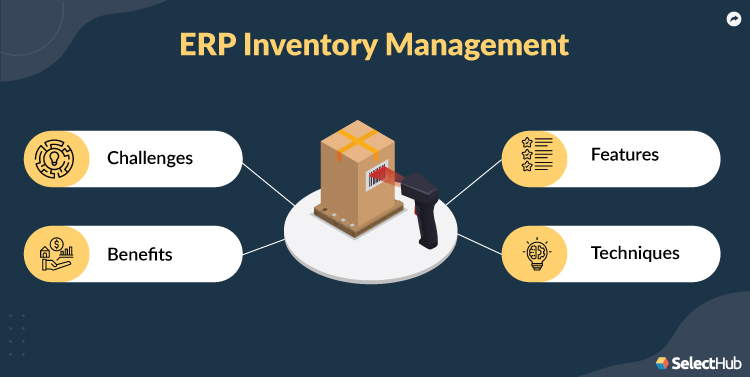From Chaos to Control: My Journey with ERP Inventory Stock Management
(Optional Sub-headline: How I Transformed My Business Operations and Found Peace of Mind with Real-time Stock Control)
I still remember the days, not so long ago, when my business’s inventory felt like a mischievous, ever-shifting puzzle. Every morning, I’d walk into the warehouse with a knot in my stomach, wondering what new challenge awaited me. Was that critical component out of stock? Had we over-ordered those seasonal items again? Was that delivery truly received, or was it still stuck somewhere in paperwork purgatory?
If you’ve ever managed a growing business, you know the drill. Mountains of spreadsheets, frantic phone calls to suppliers, last-minute trips to buy emergency stock, and the constant fear of disappointing a customer because we simply didn’t know what we had. It was a chaotic dance of manual counts, educated guesses, and a whole lot of crossed fingers. My inventory wasn’t just a list of items; it was a source of constant stress, eating into our profits and our peace of mind.
Then, I heard whispers of something called ERP Inventory Stock Management. Initially, it sounded like complex tech jargon, something only giant corporations could afford or understand. But as our inventory problems escalated, I realized I had to explore every avenue. Little did I know, this exploration would lead to one of the most significant transformations in my business journey.
What Even Is ERP, Anyway? My "Aha!" Moment for Beginners
Let’s simplify this, because I remember how daunting it sounded at first. Imagine your business as a complex orchestra. You have different sections: sales, finance, purchasing, manufacturing, and of course, inventory. In the old days, each section had its own sheet music, its own conductor, and often, its own tempo. It was hard to play a harmonious symphony.
ERP (Enterprise Resource Planning) is like bringing in a single, brilliant conductor who gives everyone the same, integrated sheet music. It’s a comprehensive software system that integrates all these core business processes into one unified system.
And for me, the biggest "aha!" moment was understanding how this conductor specifically handles the Inventory Stock Management section. It wasn’t just about counting items; it was about connecting every single piece of information related to those items, from the moment they arrive to the moment they leave.
The Transformation Begins: My First Steps with ERP Inventory Management
Once I understood the concept, the real work began. Implementing an ERP system for inventory wasn’t an overnight magic trick, but the changes I witnessed were nothing short of revolutionary. Here’s what it fundamentally changed for me:
1. Goodbye Guesswork, Hello Real-Time Visibility
This was perhaps the most impactful change. Before ERP, knowing our exact stock levels was like trying to hit a moving target in the dark. Now, it was like having a super-powered flashlight.
With ERP Inventory Stock Management, I gained:
- Instant Stock Levels: At any given moment, I could see exactly how much of each item we had, where it was located in the warehouse, and even its current status (e.g., on hold, available for sale, reserved). No more physical counts just to answer a customer query!
- Centralized Data: Every single transaction – a purchase, a sale, a return, an internal transfer – was immediately recorded and updated across the entire system. This meant sales knew what was available, purchasing knew what was running low, and finance knew the true value of our assets. It was like having a single source of truth.
Suddenly, I wasn’t guessing. I knew. This alone reduced so much stress and improved our customer service immensely.
2. Automated Tracking and Unprecedented Accuracy
Remember those endless spreadsheets and manual entries prone to human error? ERP waved a magic wand and significantly minimized them.
- Barcode Scanning & RFID: We started implementing barcode scanning for everything. When a shipment arrived, a quick scan updated the system. When an item was picked for an order, another scan deducted it. This automation drastically reduced errors and made data entry incredibly efficient. Every barcode scan was a little victory against manual mistakes.
- Lot and Serial Number Tracking: For products requiring detailed tracking (like electronics or food items), the ERP system allowed us to track individual lot numbers or serial numbers. This was crucial for quality control, warranty management, and recalls, giving us a clear audit trail for every single item.
- Cycle Counting & Physical Inventory: The system facilitated more efficient cycle counting – regularly counting small sections of inventory rather than a disruptive annual full count. This kept our inventory records accurate without shutting down operations.
The accuracy meant fewer mis-shipments, fewer misplaced items, and ultimately, less waste and happier customers.

